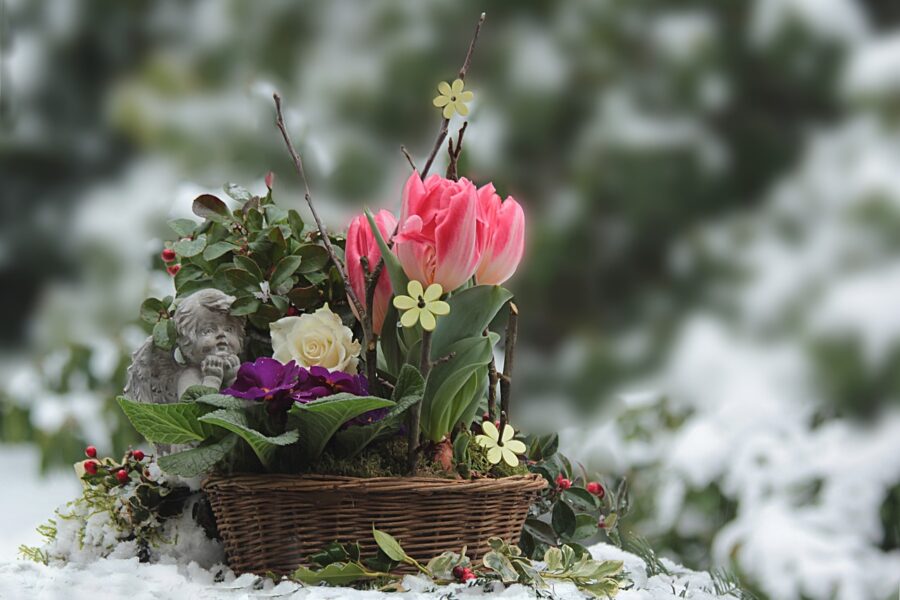5 Must-Know Tips for Nourishing your Houseplants in Winter

Most of the outdoor plants are not doing much during winter. It is the same with indoor plants as well. Although your houseplants are not endowed with snow or chilly winds because of that homely protection, they experience intolerable chills. The growing conditions at your place do change in ways and become colder. These are some of the darker months of the year when your plants need some additional care. Nourish your plants to keep them thriving and healthy. Whether you bring some tulip bulbs for sale, other flowering plants, or leafy plant greens, you must follow some tips to keep them healthy.
Attention to Sunlight
In winter, the sun rises late and sets earlier, bringing inadequate sunlight to the plants. Summers and spring fill in sunlight to these plants, but winters can never compete. Usually, you would shift your plants’ position and place them near the window to fetch as much sunlight as possible. Rotate the pots timely to ensure all of your plants get sunlight. Eventually, your houseplants adjust to the changing weather conditions.
Avoid Extreme Temperature
Houseplants require the average temperature to do okay, but winters increase extreme temperatures. Tulip bulbs, for example, grow in spring and need similar weather conditions to thrive. Radical changes can cause damage to your plants. Try to keep your pots away from drafting winter winds, radiators, and hot vents. Slow weather changes are adaptable, but sudden shifts in the weather, from hot to cold and vice versa, can be problematic.
Keep a Check at Houseplant Pests
The best time for sap-sucking insects is winter colds. Insects like aphids pop up and suck the prime components from the plants. Spiders are common winter pests as they prevail in dry and warm conditions. Check their undersides every time you water your plants to see if any insect is breeding. Check every area carefully, and look along the stems as well. If you find any pests, wipe them off with alcohol and cotton balls. You can also use insecticidal soap to eliminate these pests.
Make the Surrounding Humid
The air in winter becomes drier, especially inside homes. Winter months experience significantly less humidity which is not a good sign for houseplants. Most of the plants that are grown inside the houses are from tropical areas. They need humidity to grow and survive. They grow best in 40 to 50 percent humidity levels. Wintertime levels go down to 10 to 20 percent inside homes. A simple way to increase the humidity around the plants is to bring them together and make a cluster. The water will start evaporating from the soil, and the water lost naturally through the leaves raises the humidity around the plants.
Bottom Line
You don’t want your leafy family to shed their lushness and become full during those chilly winter conditions. To keep them continued with their freshness and lushness, nourish them, and care for them. You can follow several tips to prevent them from losing their natural touch.